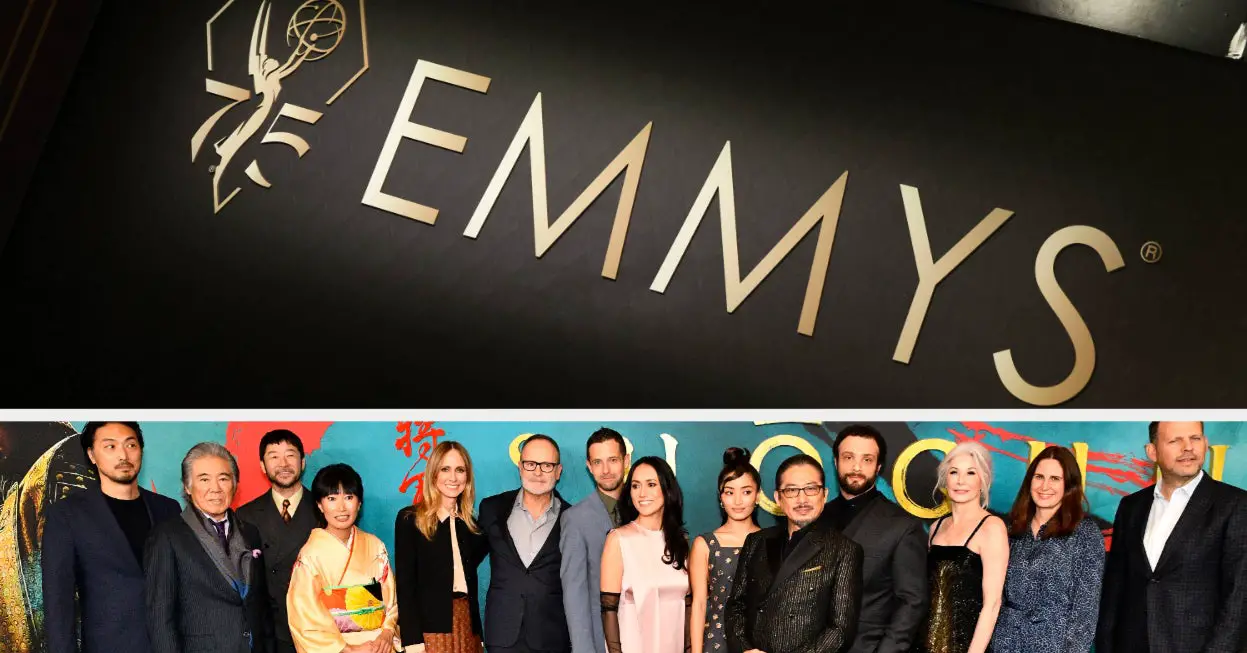Posted by msmash from the leaving-no-stones-unturned dept.
TV manufacturers are shifting their focus from hardware sales to viewer data and advertising revenue. This trend is driven by declining profit margins on TV sets and the growing potential of smart TV operating systems to generate recurring income. Companies like LG, Samsung, and Roku are increasingly prioritizing ad sales and user tracking capabilities in their TVs, ArsTechnica reports. Automatic content recognition (ACR) technology, which analyzes viewing habits, is becoming a key feature for advertisers. TV makers are partnering with data firms to enhance targeting capabilities, with LG recently sharing data with Nielsen and Samsung updating its ACR tech to track streaming ad exposure. This shift raises concerns about privacy and user experience, as TVs become more commercialized and data-driven. Industry experts predict a rise in “shoppable ads” and increased integration between TV viewing and e-commerce platforms. The report adds: With TV sales declining and many shoppers prioritizing pricing, smart TV players will continue developing ads that are harder to avoid and better at targeting. Interestingly, Patrick Horner, practice leader of consumer electronics at analyst Omdia, told Ars that smart TV advertising revenue exceeding smart TV hardware revenue (as well as ad sale margins surpassing those of hardware) is a US-only trend, albeit one that shows no signs of abating. OLED has become a mainstay in the TV marketplace, and until the next big display technology becomes readily available, OEMs are scrambling to make money in a saturated TV market filled with budget options. Selling ads is an obvious way to bridge the gap between today and The Next Big Thing in TVs.
Indeed, with companies like Samsung and LG making big deals with analytics firms and other brands building their businesses around ads, the industry’s obsession with ads will only intensify. As we’ve seen before with TV commercials, which have gotten more frequent over time, once the ad genie is out of the bottle, it tends to grow, not go back inside. One side effect we’re already seeing, Horner notes, is “a proliferation of more TV operating systems.” While choice is often a good thing for consumers, it’s important to consider if new options from companies like Amazon, Comcast, and TiVo actually do anything to notably improve the smart TV experience for owners.
And OS operators’ financial success is tied to the number of hours users spend viewing something on the OS. Roku’s senior director of ad innovation, Peter Hamilton, told Digiday in May that his team works closely with Roku’s consumer team, “whose goal is to drive total viewing hours.” Many smart TV OS operators are therefore focused on making it easier for users to navigate content via AI.
Lavish spending can be disastrous. Don’t buy any lavishes for a while.
Working…











